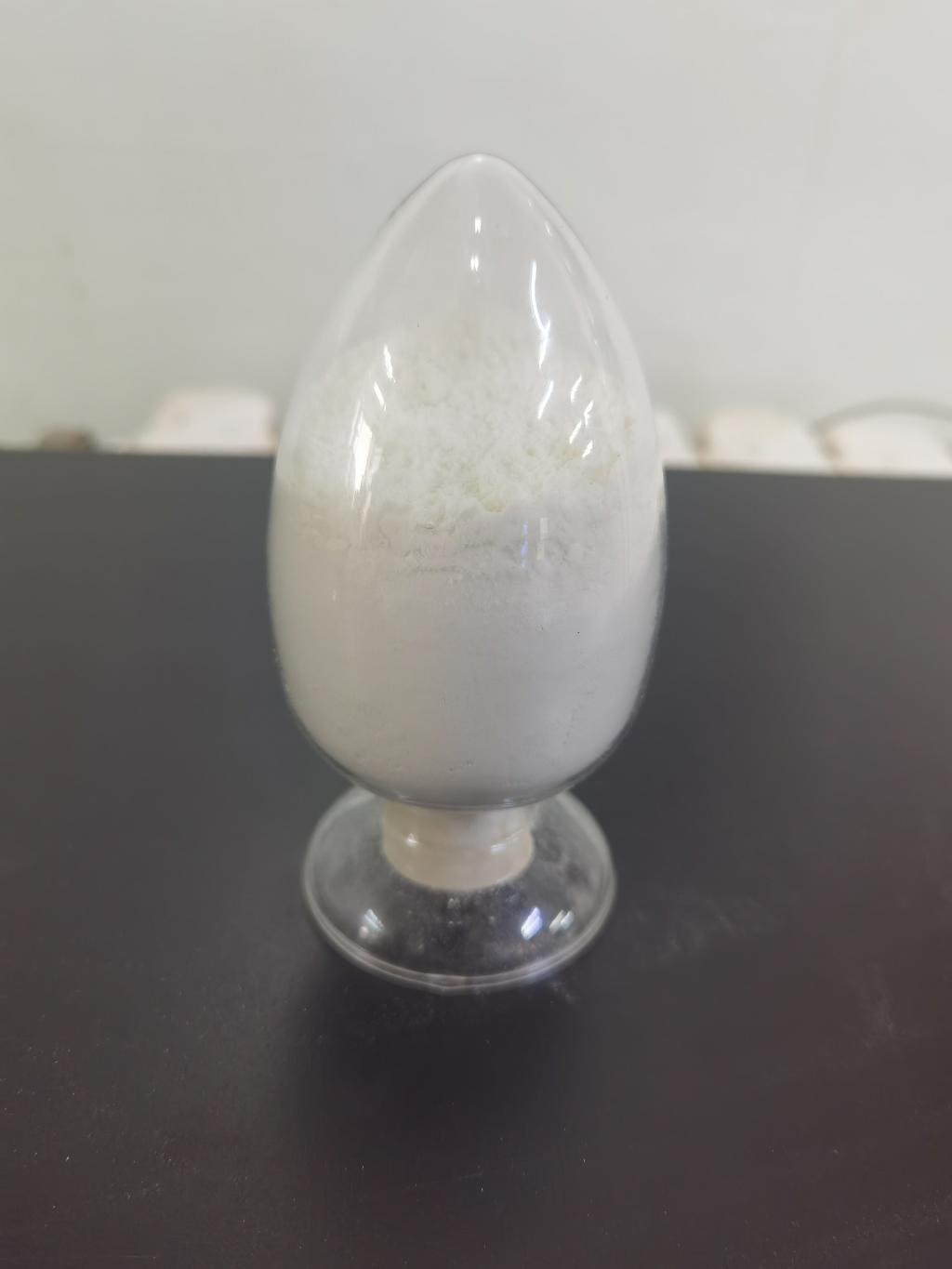Tel:+8618231198596

News
 CONTACT
CONTACT
 CONTACT
CONTACT
- Linkman:Linda Yao
- Tel: +8618231198596
- Email:linda.yao@dcpharma.cn
- Linkman:CHARLES.WANG
- Department:Overseas
- Tel: 0086 0311-85537378 0086 0311-85539701
News
Exploring the potential of ε-Polylysine hydrochloride in controlling pathogens in pet care products.
TIME:2024-05-07
Understanding Pathogen Contamination in Pet Care Products:
Pathogen contamination in pet care products can occur at various stages of production and distribution. Common pathogens of concern include Salmonella, Escherichia coli, Listeria monocytogenes, and molds. These pathogens can cause foodborne illness in pets and humans, leading to symptoms such as vomiting, diarrhea, and fever. Contaminated pet care products pose a particular risk to vulnerable populations, such as young animals, elderly pets, and immunocompromised individuals.
ε-Polylysine Hydrochloride as an Antimicrobial Agent:
ε-Polylysine hydrochloride is a naturally occurring antimicrobial compound derived from Streptomyces albulus. It is approved as a food preservative in many countries and has been used for decades to inhibit the growth of Gram-positive and Gram-negative bacteria, molds, and yeasts. ε-Polylysine hydrochloride works by disrupting microbial cell membranes, leading to cell death and inhibition of microbial growth. Its broad-spectrum antimicrobial activity makes it an attractive candidate for controlling pathogens in pet care products.
Applications of ε-Polylysine Hydrochloride in Pet Care Products:
ε-Polylysine hydrochloride can be incorporated into various pet care products to control pathogens and improve product safety. Some potential applications include:
Pet Foods and Treats: Adding ε-Polylysine hydrochloride to pet foods and treats can inhibit the growth of pathogens that may be present in raw ingredients or introduced during processing. This helps prevent foodborne illness in pets and reduces the risk of contamination during storage and handling.
Grooming Supplies: ε-Polylysine hydrochloride can be included in grooming supplies, such as shampoos, conditioners, and disinfectants, to kill pathogens on the skin and fur of pets. This helps maintain good hygiene and reduces the spread of infectious diseases among animals.
Pet Bedding and Accessories: Treating pet bedding and accessories with ε-Polylysine hydrochloride can help control microbial growth and prevent the transmission of pathogens between animals. This is particularly important in multi-pet households and pet boarding facilities where animals may come into close contact with each other.
Efficacy of ε-Polylysine Hydrochloride in Controlling Pathogens:
Numerous studies have demonstrated the efficacy of ε-Polylysine hydrochloride in controlling pathogens in various applications. These studies have shown that ε-Polylysine hydrochloride effectively inhibits the growth of a wide range of bacteria, molds, and yeasts commonly found in pet care products. Additionally, ε-Polylysine hydrochloride has been shown to have low toxicity and minimal impact on the sensory properties of pet foods and treats, making it a safe and effective option for use in these products.
Challenges and Considerations:
While ε-Polylysine hydrochloride shows promise as a tool for controlling pathogens in pet care products, there are challenges and considerations that need to be addressed. These include:
Regulatory Approval: ε-Polylysine hydrochloride must meet regulatory requirements for safety and efficacy before it can be used in pet care products. This may involve obtaining approval from government agencies such as the FDA or USDA.
Cost: The cost of ε-Polylysine hydrochloride may be higher than conventional antimicrobial agents, which could pose a barrier to adoption for some manufacturers.
Resistance Development: Continued use of ε-Polylysine hydrochloride may lead to the development of resistance in pathogens, reducing its effectiveness over time.
Conclusion:
ε-Polylysine hydrochloride shows great potential in controlling pathogens in pet care products and improving pet health and safety. By incorporating ε-Polylysine hydrochloride into pet foods, treats, grooming supplies, and bedding, manufacturers can effectively mitigate the risk of foodborne illness and infectious diseases in companion animals. Continued research and development efforts are needed to optimize the use of ε-Polylysine hydrochloride in pet care products and ensure its safety and efficacy for use in the pet industry. Overall, ε-Polylysine hydrochloride offers a promising solution for enhancing the quality and safety of pet care products and protecting the health of pets and their owners.
- Tel:+8618231198596
- Whatsapp:18231198596
- Chat With Skype







